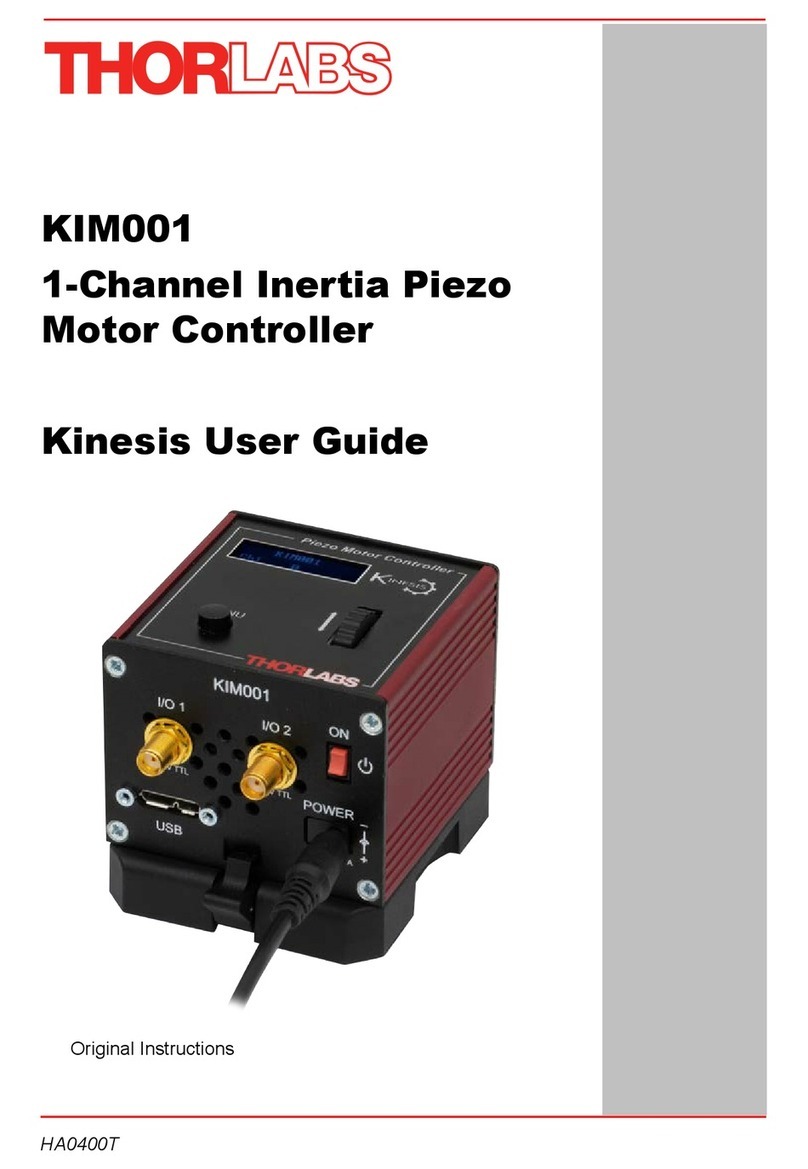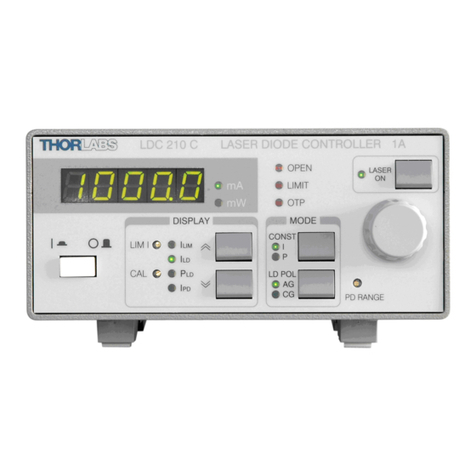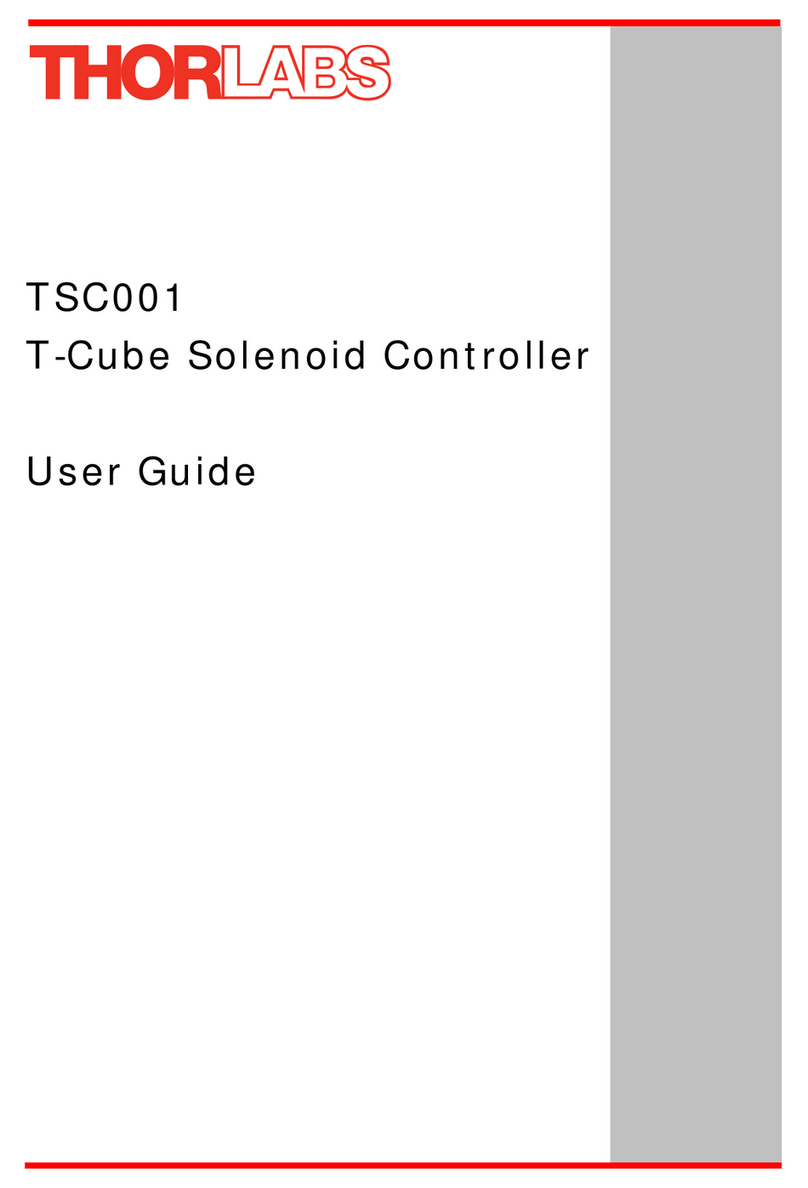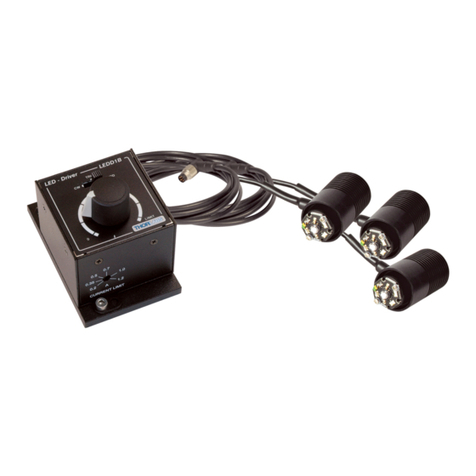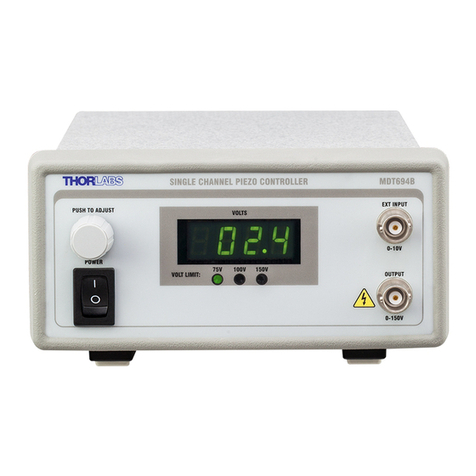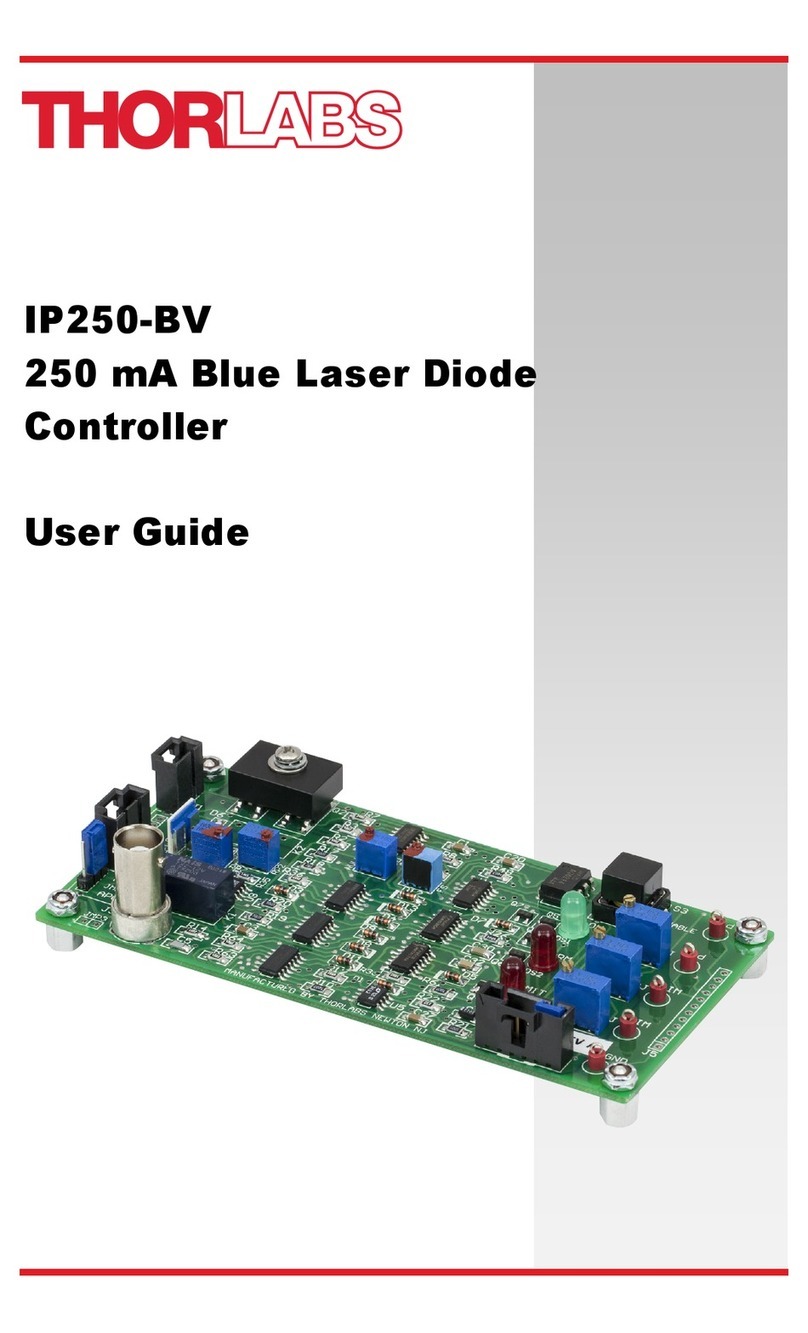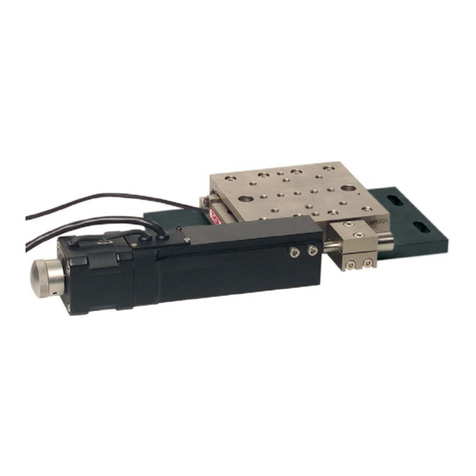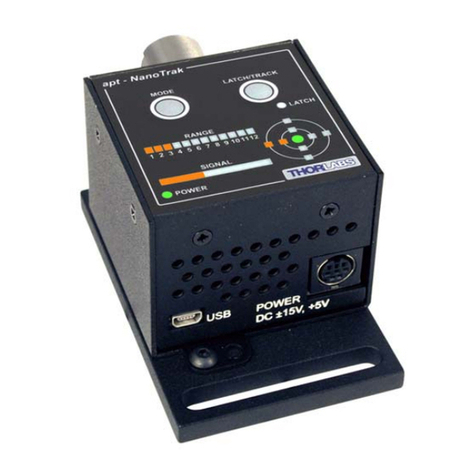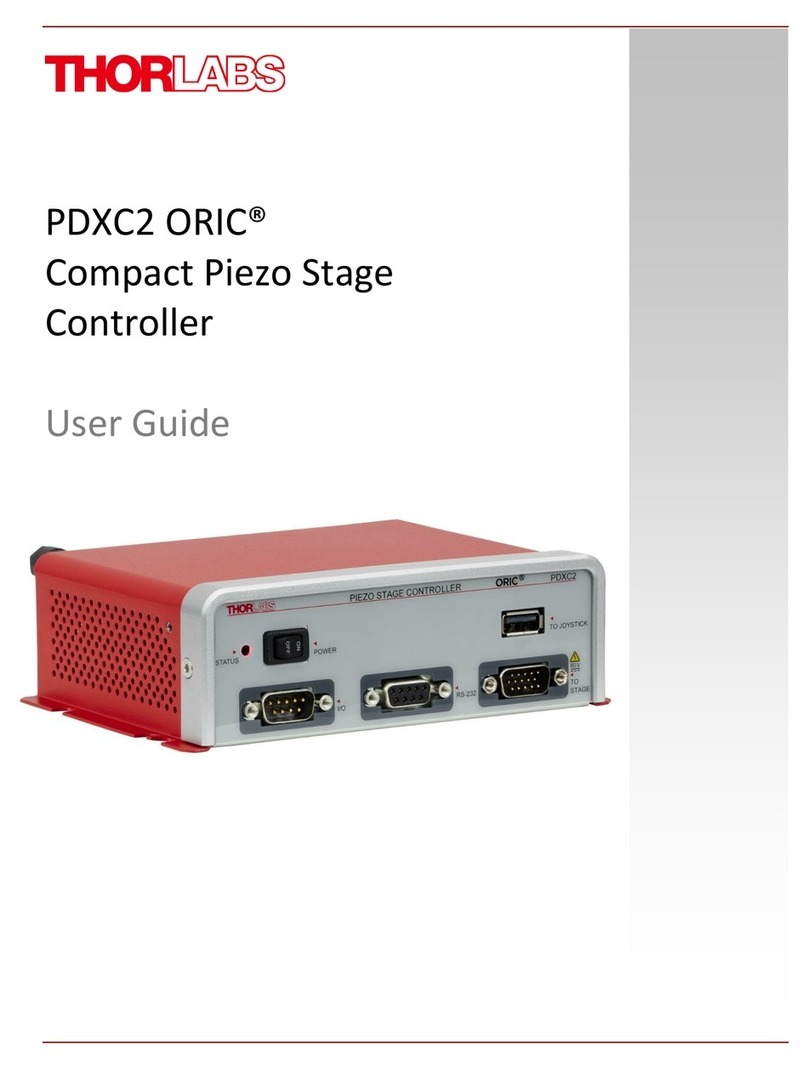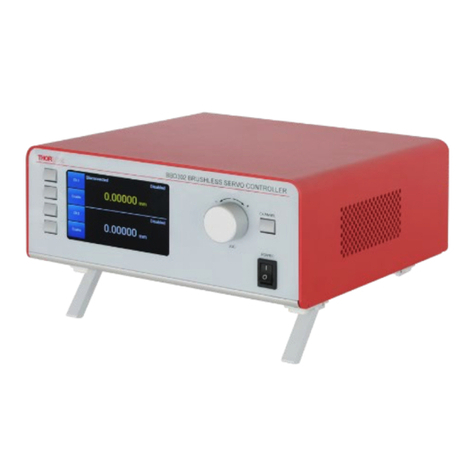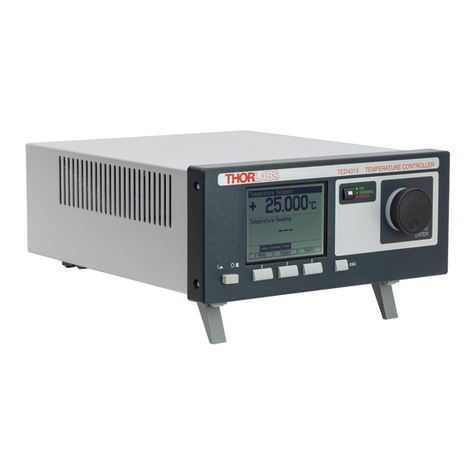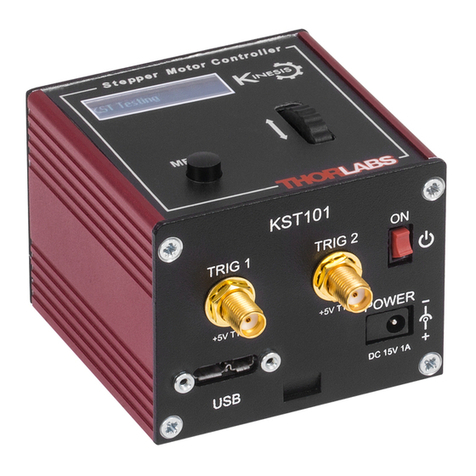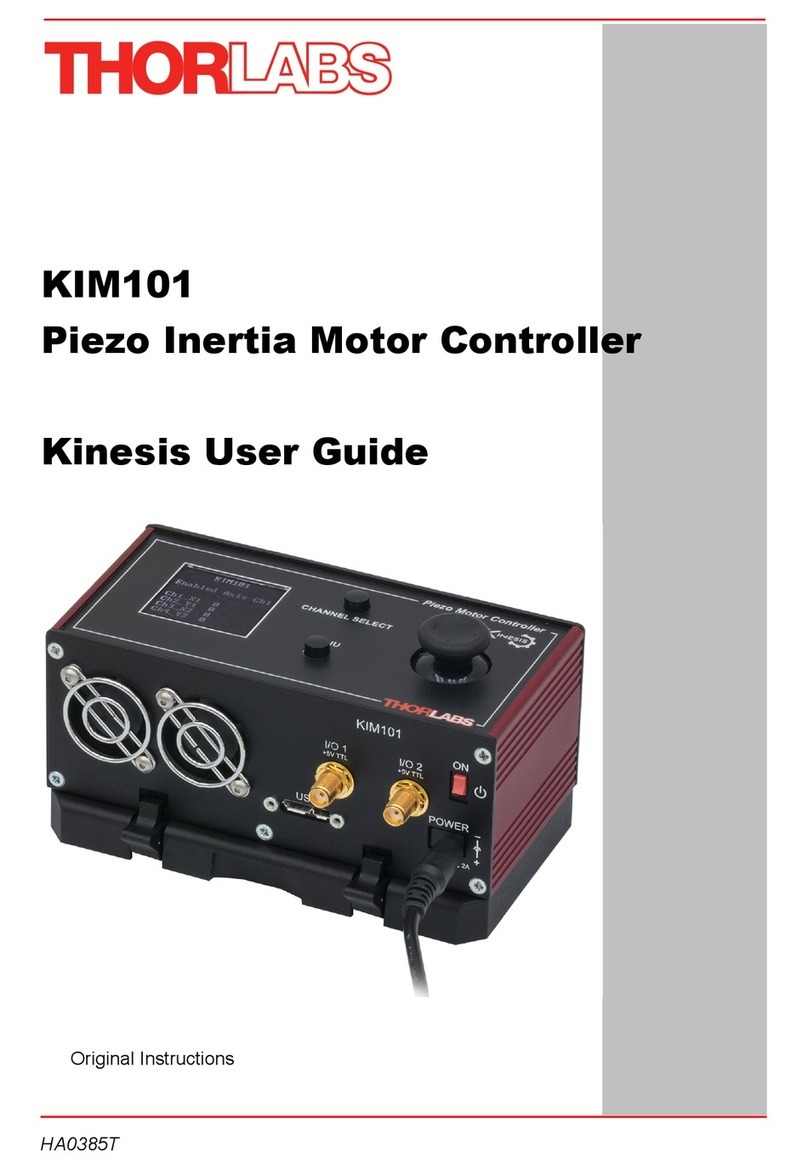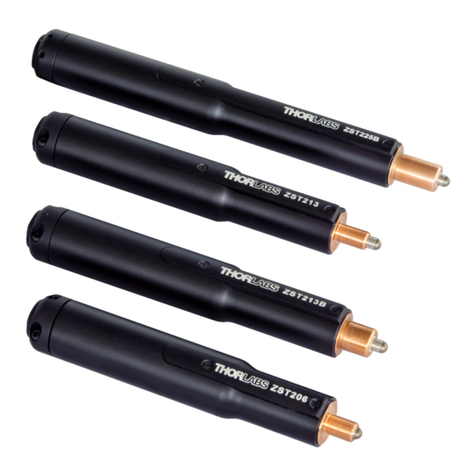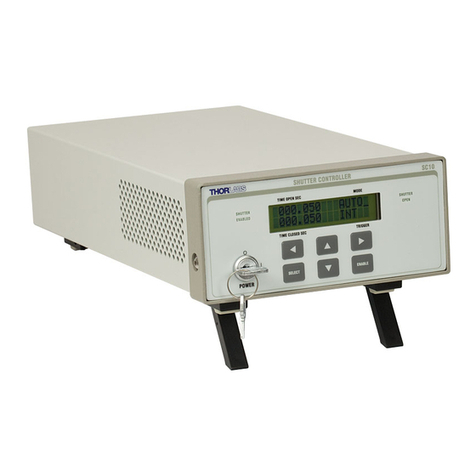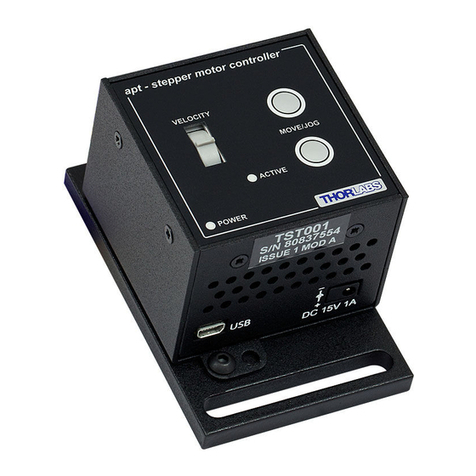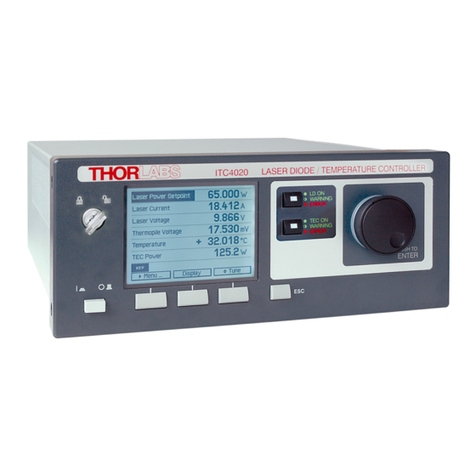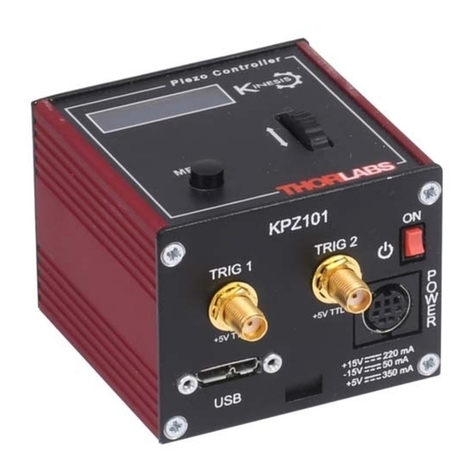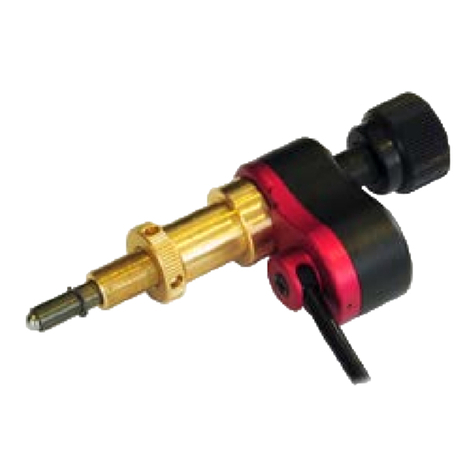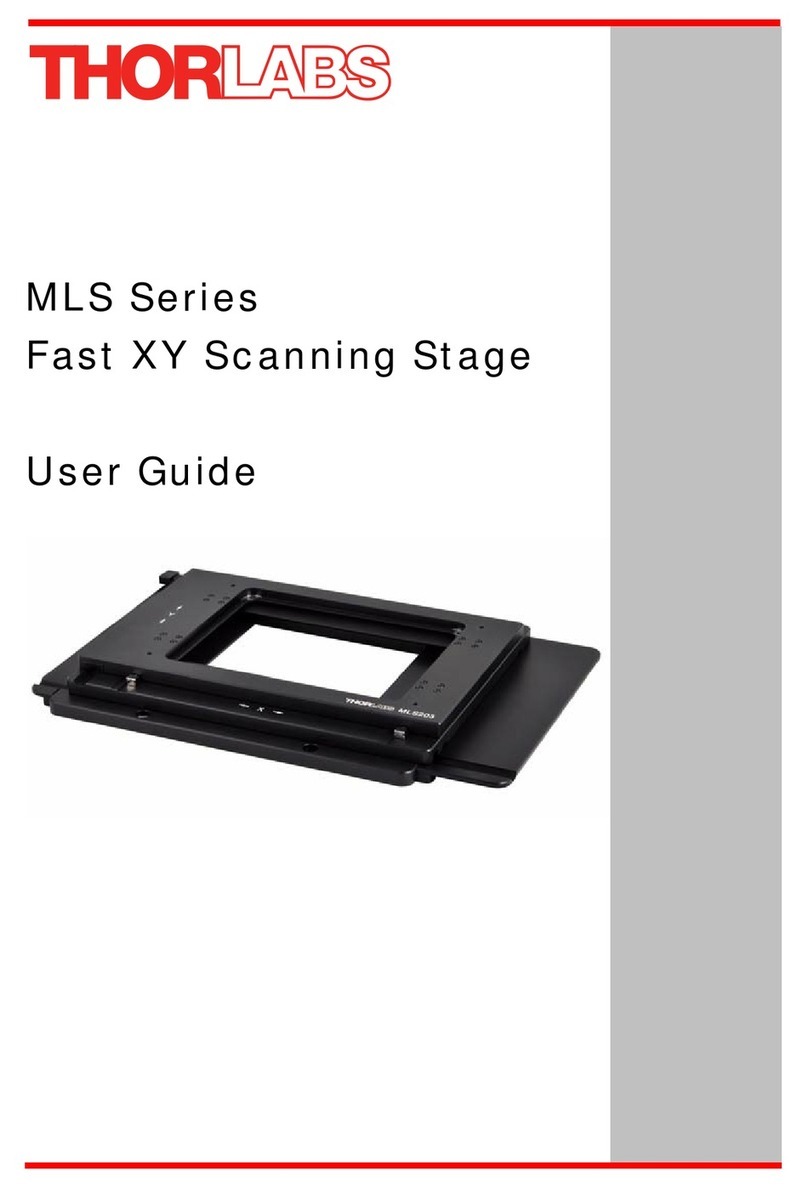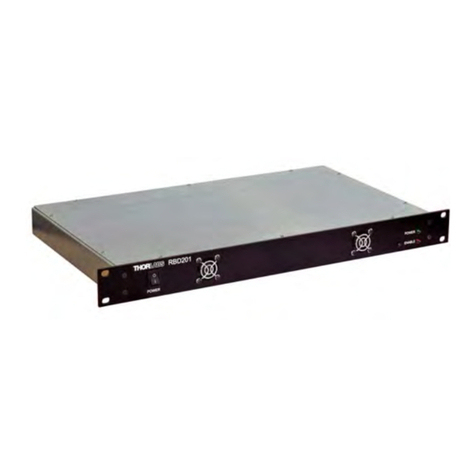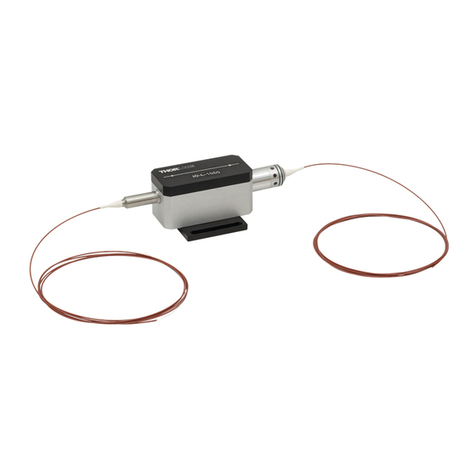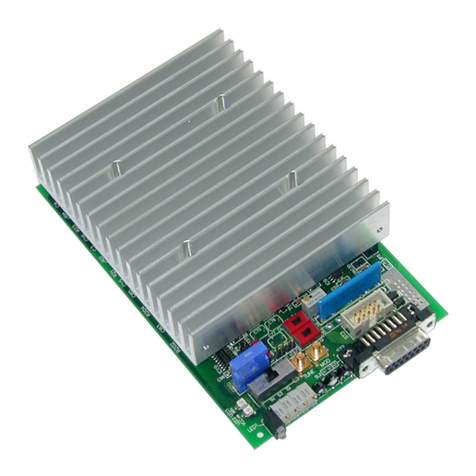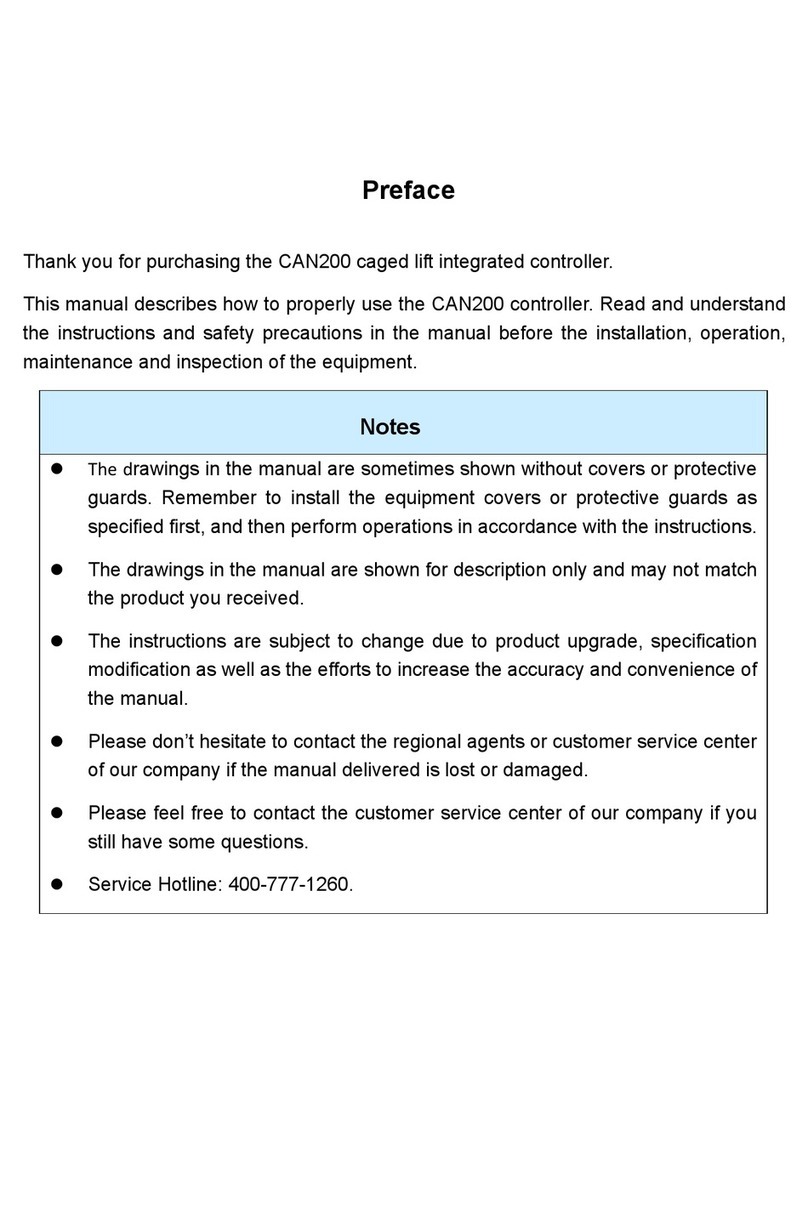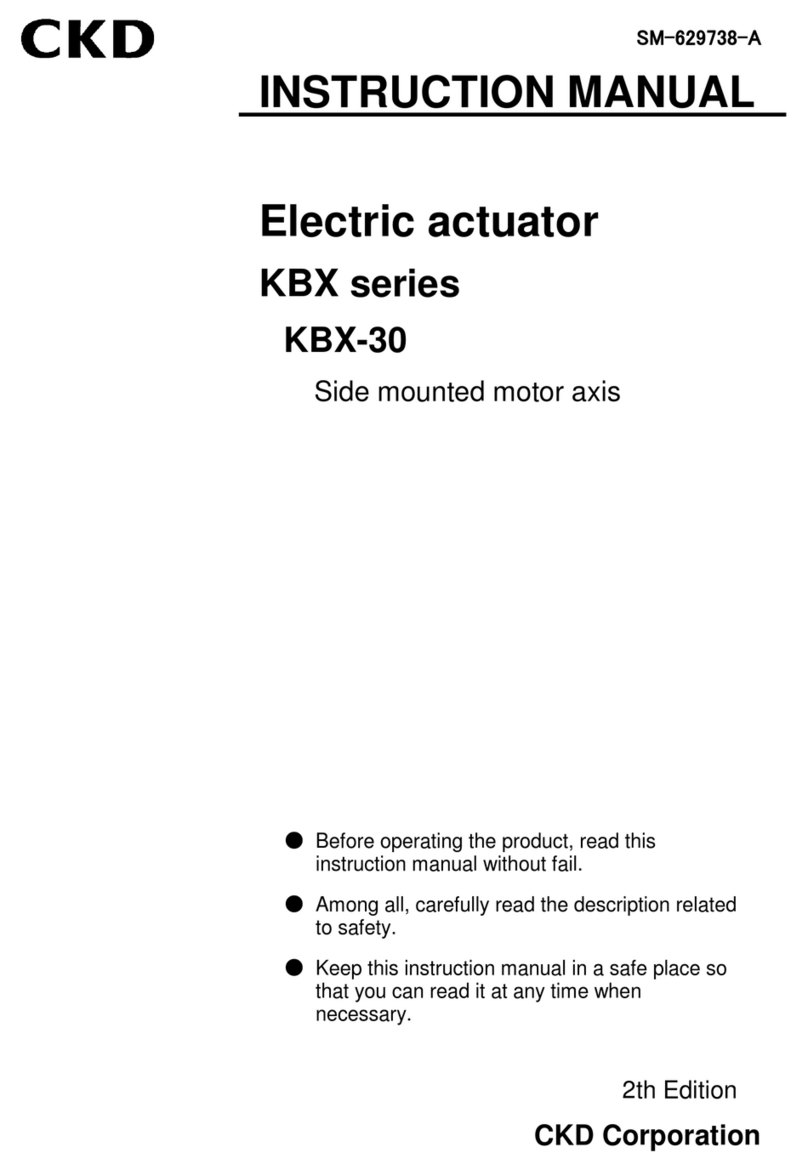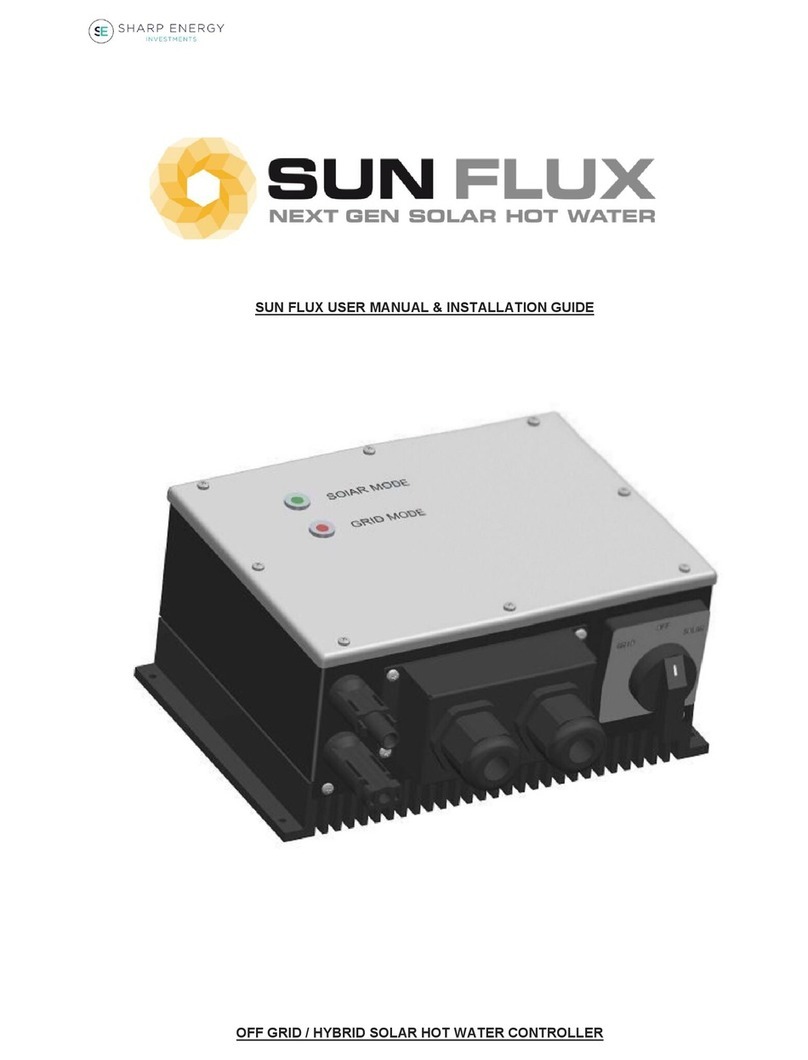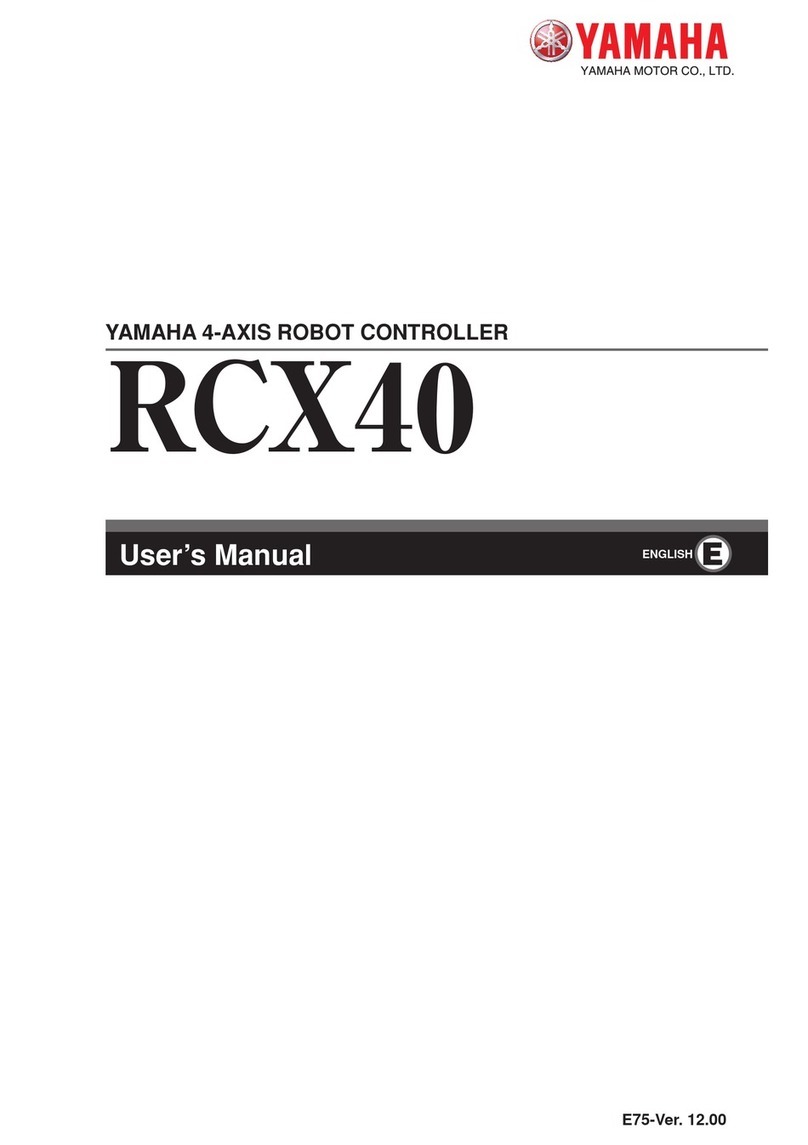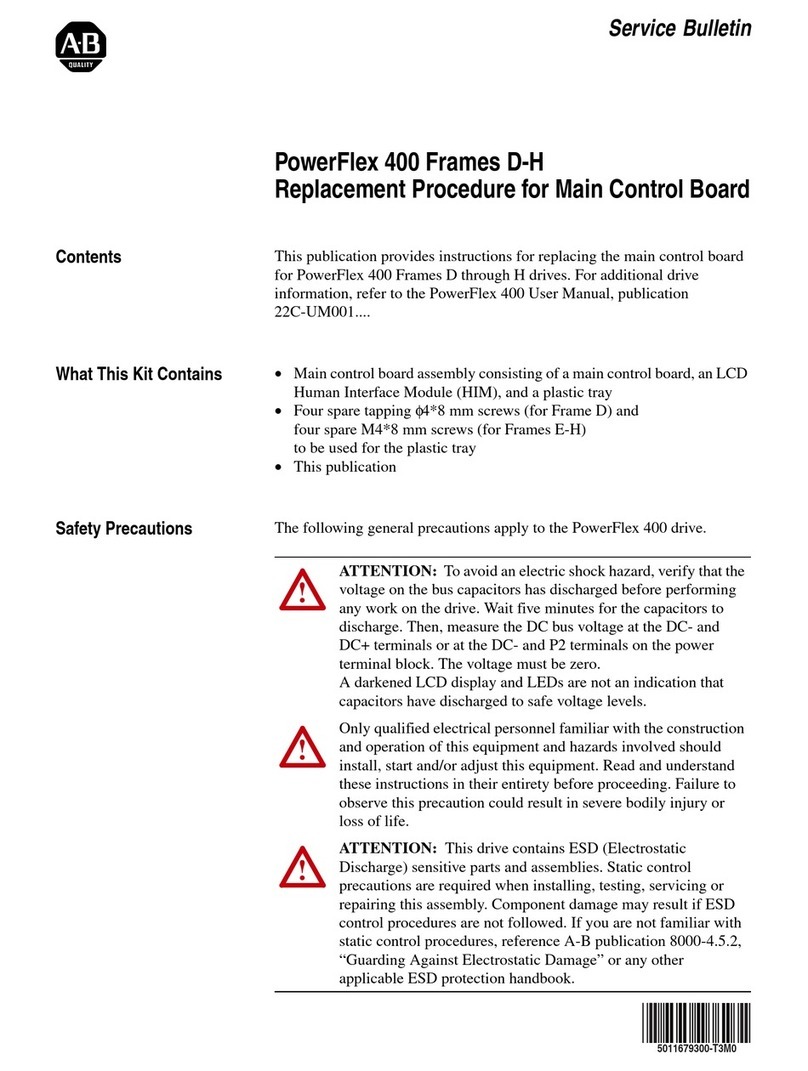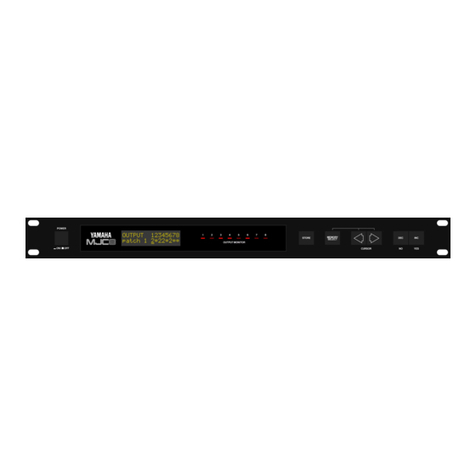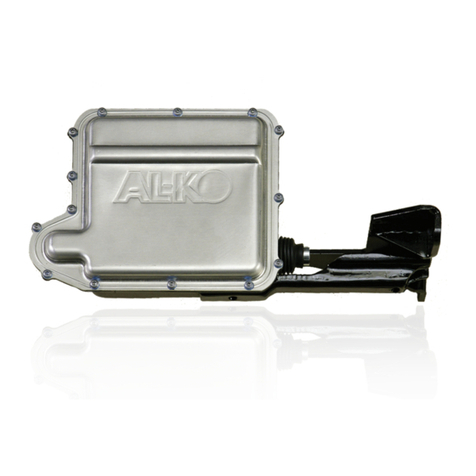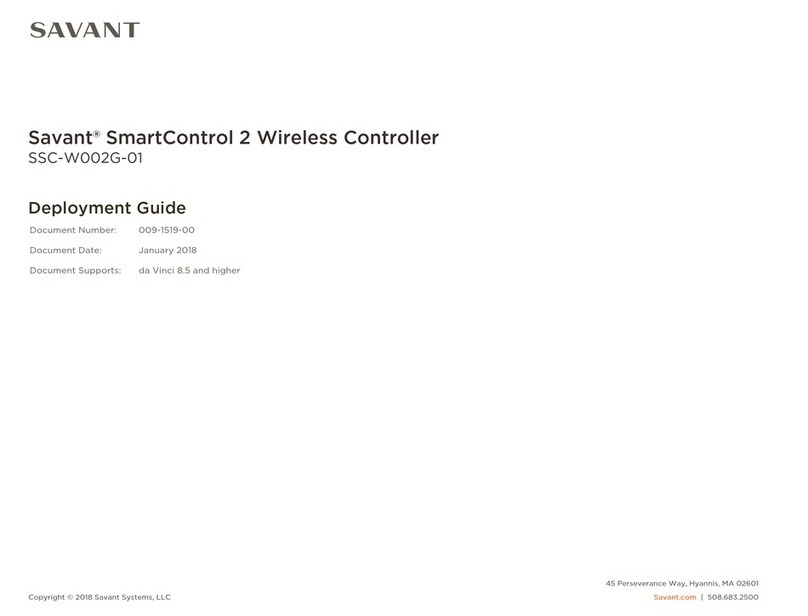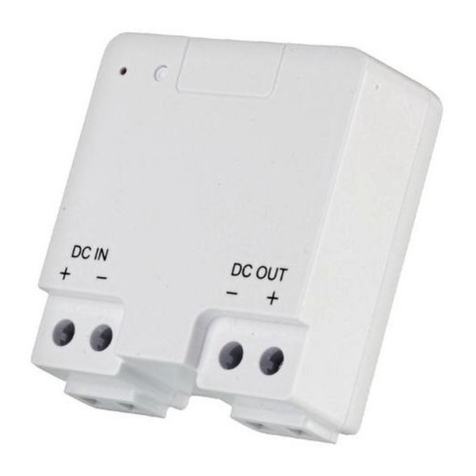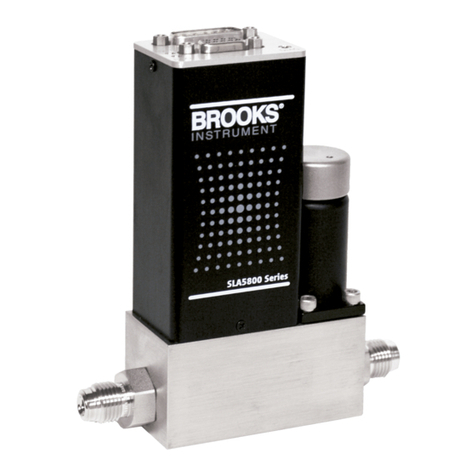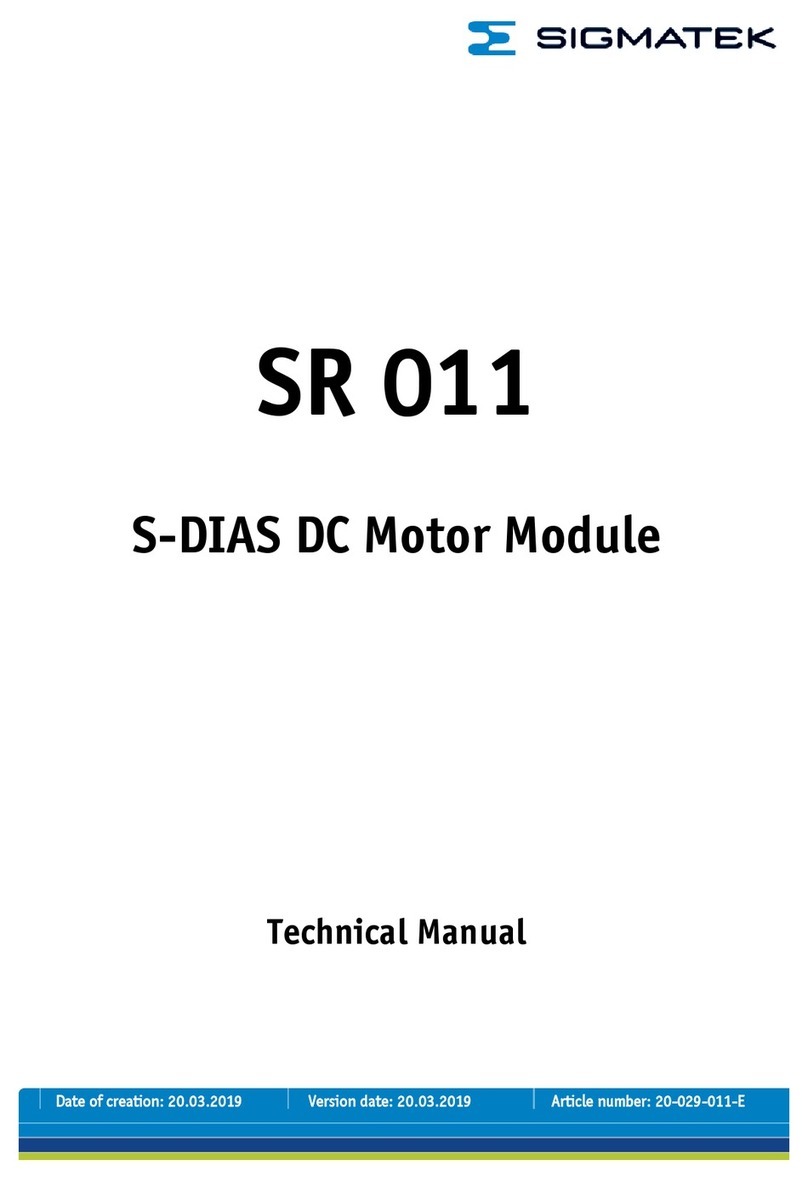
Page 8 ETN032440-D02
APF503, APF705 and APF710 Amplified Flexure Piezo Actuators
Chapter 4 Operation
4.1 General
For a complete tutorial on driving the actuator using the Thorlabs range of controllers,
see the handbook for the appropriate controller. Basic steps in controlling the actuator
using a Thorlabs controller are as follows:
1) Fit the actuator to the relevent stage or mount.
2) Make electrical connections using an appropriate type of connector, e.g. SMC,
BNC etc.) as detailed in Section 3.3.
3) Run the APT or Kinesis software utility.
4) The actuator can now be moved using the controls on the controller unit, the GUI
panel, or by setting commands to move each axis – see the handbook supplied with
the controller, and the helpfile supplied with the APT server for more information.
Warning
The piezo actuators in this product use high voltages. Voltages up to 150V may
be present at the wire ends. This is hazardous and can cause serious injury.
Appropriate care should be taken when using this device.
Persons integrating the device into an assembly must understand the hazards
associated with using high voltages and the steps necessary to avoid risk of
electrical shock.
The piezo controller must be switched OFF before the actuator is connected or
disconnected. Failure to switch the controller off may result in damage to either
the controller, the actuator or both. Any residual charge remaining in the piezo
stack should be discharged.
Note
Typically, the black/white wire should be used as a ground reference (e.g.
connecting to chassis of controller), and a bipolar power supply used to drive the red
wire -30V to 150V.
However, given the commonly accepted description of voltage as a relative
difference in the electrical field, the DC voltage applied to red wire and black/white
wire should be at the range of -30V and 150V. Customers without a bipolar power
supply can apply +30V to black/white wire, and 0V to red wire, to create a -30V
difference, which would compress the piezo (and hence pushes up the amplifier).
Alternatively, you can apply a +30V to black/white wire and +180V to red wire to
achieve a +150V difference between the two electrodes of the piezo chips.
